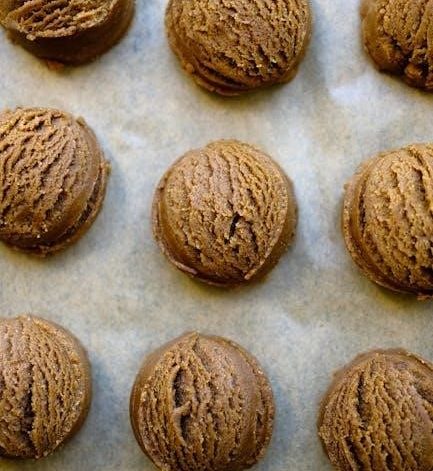Minky fabric is known for its luxurious softness and plush texture. Proper washing and care are essential to maintain its quality and prevent damage over time.
Following specific guidelines ensures the fabric retains its softness and longevity, making it a joy to use for years to come.
Understanding the Importance of Proper Care
Proper care for Minky fabric is crucial to preserve its softness and prevent damage; Incorrect washing methods can lead to pilling, fiber breakage, or loss of texture. Heat and harsh chemicals can irreparably harm the fabric, while fabric softeners leave residues that reduce its plush feel. Regular maintenance ensures Minky remains durable and retains its luxurious quality over time, making it essential to follow specific care guidelines carefully.
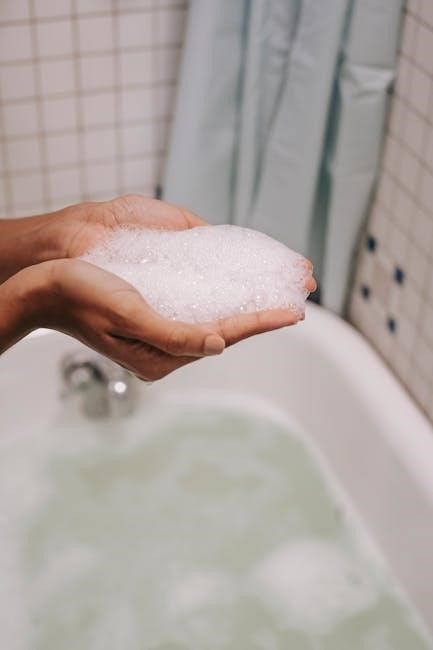
Preparing to Wash Minky Fabric
Begin by checking care labels and sorting Minky items separately to prevent damage. Use cold water and a gentle detergent, avoiding fabric softeners for optimal results.
Checking for Specific Care Labels
Always examine the care label on your Minky fabric for specific washing instructions. Some Minky items may require unique care due to their texture or finish. Ignoring these labels can lead to damage or loss of softness. Care labels often specify water temperature, detergent type, and drying methods. They may also advise against fabric softeners or high heat, which can harm the fabric. Following these guidelines ensures the fabric remains plush and intact after washing.
Sorting and Washing Separately
Sorting Minky fabric before washing is crucial to prevent damage. Wash Minky items separately from other laundry to avoid snagging or pilling. The fabric’s softness can be compromised if washed with rougher materials. Using a mesh laundry bag adds an extra layer of protection during the wash cycle. This step ensures Minky remains smooth and intact, preserving its texture for long-lasting comfort and aesthetic appeal.
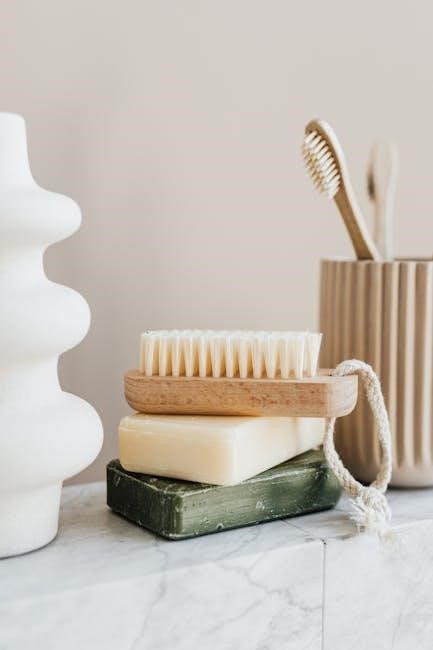
Choosing the Right Detergent
Use mild, dye-free detergents when washing Minky fabric to preserve its softness and prevent damage. Avoid harsh chemicals and fabric softeners, as they can harm the fibers.
Using Mild, Dye-Free Detergents
Opt for mild, dye-free detergents to protect Minky fabric from harsh chemicals. These detergents gently clean without stripping the fabric’s softness or causing color bleed. Avoid heavy soaps or softeners, as they can cling to fibers and reduce plushness. Cold water is recommended to prevent damage and maintain texture. Always avoid fabric softeners, as they can coat fibers, making them feel sticky. Using the right detergent ensures the fabric stays soft and retains its luxurious feel for years.
Avoiding Harsh Chemicals and Softeners
Avoid using harsh chemicals, bleach, or fabric softeners when washing Minky fabric. These can damage the fibers, reduce softness, and cause pilling. Fabric softeners leave a residue that makes the fabric feel stiff and less plush. Instead, use mild detergents to maintain the fabric’s texture. Never use heat or harsh detergents, as they can melt fibers and ruin the fabric’s softness. Proper care ensures Minky remains vibrant and soft for years.
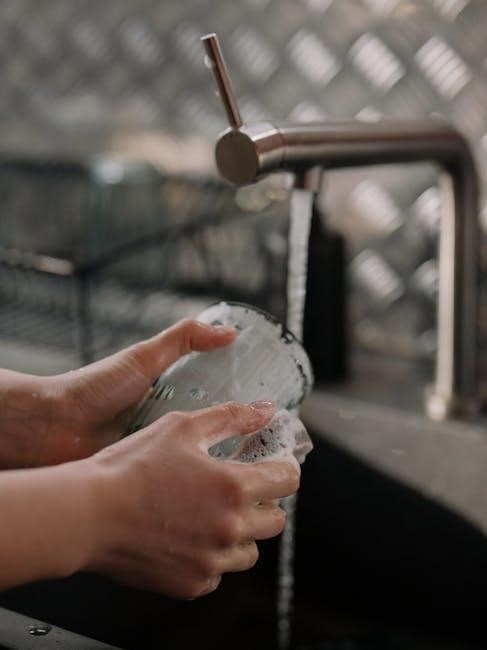
Washing Minky Fabric
Machine wash Minky fabric in cold water on a delicate cycle to preserve its softness and texture. Use mild detergents and avoid fabric softeners for optimal care.
Machine Washing on a Delicate Cycle
Machine washing Minky fabric on a delicate cycle is recommended to maintain its softness and texture. Use cold water to prevent damage and ensure optimal results. Add a mild, dye-free detergent to avoid discoloration or residue buildup. Avoid using fabric softeners, as they can leave a coating on the fabric, reducing its plush feel. Gently wash Minky items separately to prevent pilling or snagging. Air drying or using a low-heat setting is ideal for preserving the fabric’s integrity and softness.
Using Cold Water for Optimal Results
Cold water is essential for washing Minky fabric to preserve its softness and prevent damage. Hot water can cause fibers to melt or lose their plush texture, while cold water gently cleans without risking harm. This method also helps maintain the fabric’s vibrant colors and prevents dye bleeding. Using cold water ensures the Minky remains luxurious and soft, making it ideal for delicate or handmade items that require extra care.
Preventing Damage from Heat
Heat can irreparably damage Minky fabric by melting fibers and causing them to cling together, which ruins its softness and texture. Avoid using hot water, high heat in the dryer, or ironing the fabric. Even low heat can lead to pilling or fiber breakdown over time. Always opt for cold water and air drying to preserve the fabric’s integrity and maintain its luxurious feel. Preventing heat exposure ensures Minky remains soft and plush for years to come.

Drying Minky Fabric
Air drying is recommended to maintain softness and prevent damage. If using a dryer, choose no-heat or air-fluff settings to protect the fabric’s plush texture.
Air Drying vs; Low Heat Settings
Air drying is the preferred method to preserve minky fabric’s softness and prevent damage. It allows the fabric to maintain its plush texture without exposure to heat.
Low heat settings can be used if air drying isn’t feasible, but high heat should be avoided to prevent fibers from melting and losing their softness. Always opt for no-heat or air-fluff cycles when using a dryer.
Using a Dryer on No-Heat or Air-Fluff Cycle
When using a dryer for minky fabric, select the no-heat or air-fluff cycle to protect the fibers from heat damage. This setting ensures the fabric remains soft and intact.
Remove the fabric as soon as the cycle ends to prevent wrinkles and creases. Avoid leaving minky in the dryer for extended periods, as residual heat can still affect the material negatively.
Preventing Pilling or Fiber Damage
To prevent pilling or fiber damage, wash minky fabric separately in cold water using a mild detergent. Avoid fabric softeners, as they can coat fibers and lead to pilling.
Gently remove excess water without wringing, and avoid overloading the washing machine. Air drying or using a no-heat dryer setting helps preserve the fabric’s texture and prevent damage.
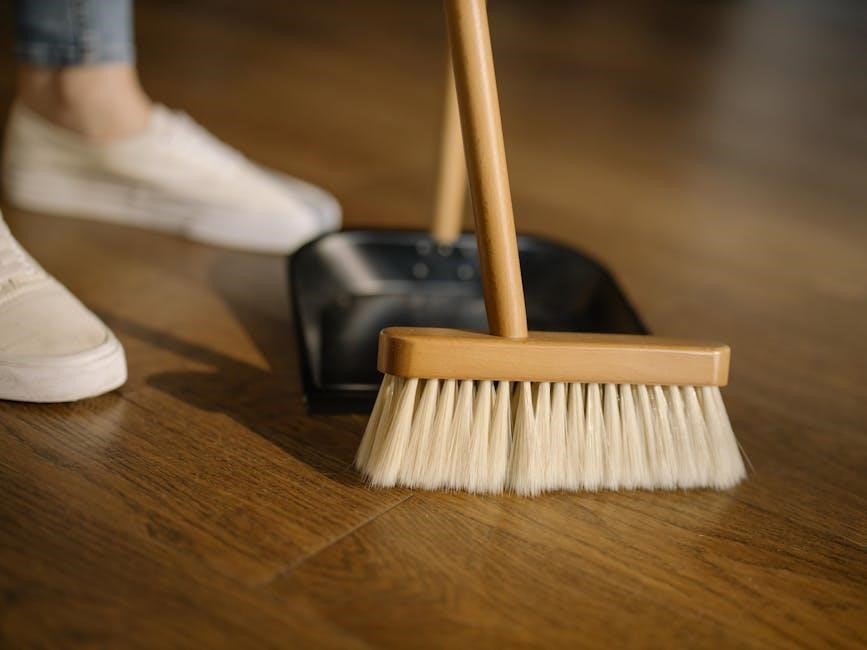
Common Mistakes to Avoid
Using high heat, fabric softeners, or overloading the washing machine can damage minky fabric, leading to pilling or loss of softness. Avoid these common errors for optimal results.
Overloading the Washing Machine
Overloading the washing machine is a common mistake that can damage minky fabric. Excess weight causes friction, leading to pilling or stretching. Minky items should be washed separately or in small loads to ensure gentle agitation. This prevents fibers from tangling and reduces wear. Using a delicate cycle with adequate space allows the fabric to move freely, maintaining its softness and texture. Avoid overcrowding to protect the fabric’s integrity and extend its lifespan.
Using Fabric Softeners
Fabric softeners should never be used when washing minky. These products leave a residue on the fabric, reducing its softness and causing fibers to feel stiff or sticky. Over time, this residue can build up and damage the plush texture, making the fabric less luxurious. To maintain the softness and integrity of minky, always opt for mild, dye-free detergents without any softening agents. This ensures the fabric remains gentle and retains its original quality through repeated washing.
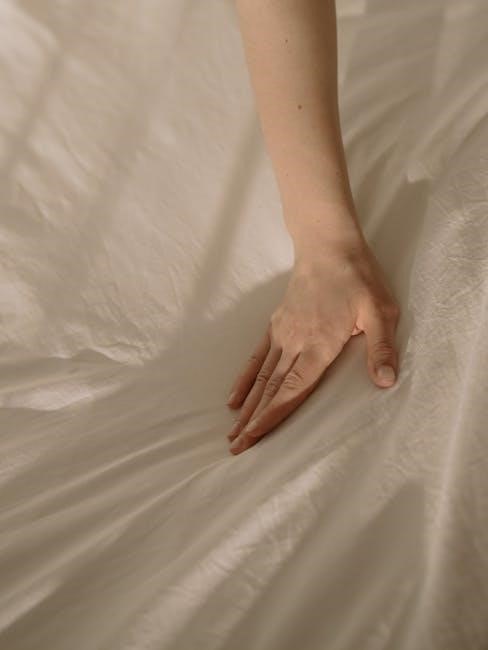
Exposing Minky to High Heat
Exposing minky fabric to high heat can cause irreversible damage. Heat can melt the fibers, leading to a loss of softness and texture. Washing in hot water or drying on high heat settings can also cause the fabric to pill or become misshapen. To preserve the quality of minky, it’s crucial to use cold water and avoid heat during both washing and drying. This prevents the fibers from weakening and ensures the fabric remains plush and soft for years to come.
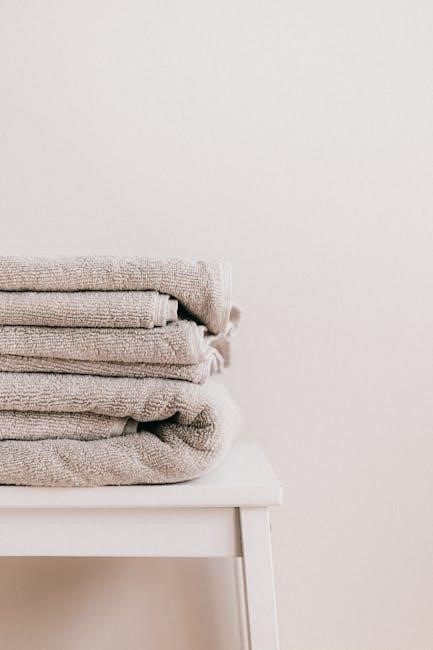
Special Care for Handmade Minky Items
Handmade minky items require gentle handling. Use mild soap or baking soda for hand washing, avoiding harsh detergents and fabric softeners to preserve their softness and texture.
Gentle Hand-Washing Techniques
For delicate handmade minky items, hand washing is recommended. Gently swirl the fabric in cold water with a mild soap or baking soda solution. Avoid scrubbing or wringing, as this can damage the fibers. Swish softly to cleanse, then rinse thoroughly. Pat dry with a clean towel and reshape before air drying. This method preserves the fabric’s softness and texture, ensuring longevity.
Key tips: Use cold water, mild soap, and avoid agitation. Gently squeeze out water without wringing.
Using Mild Soap or Baking Soda
Mild soap or baking soda is ideal for hand washing minky fabric. These gentle cleansers effectively remove dirt without damaging fibers. For machine washing, opt for a mild, dye-free detergent. Avoid harsh chemicals or fabric softeners, as they can coat fibers and reduce softness. Baking soda can also help neutralize odors without harming the fabric. Always rinse thoroughly to ensure no residue remains, preserving the fabric’s texture and softness.
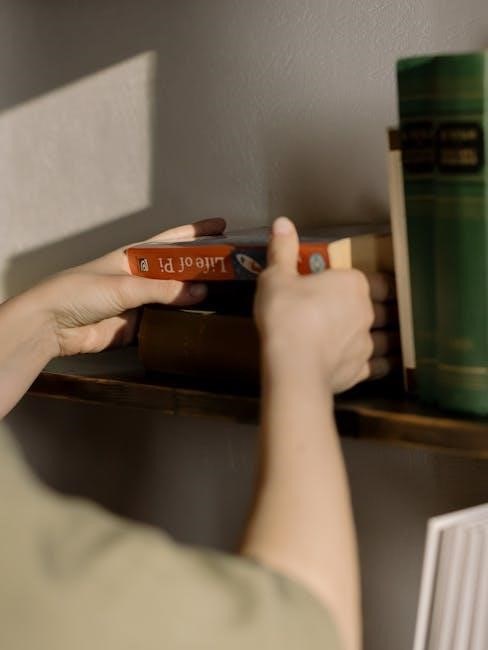
Maintaining Minky Softness
Avoid harsh detergents and fabric softeners, as they can leave residues that reduce softness. Use gentle cleansers and cold water to preserve the fabric’s plush texture and softness.
Avoiding Harsh Detergents
Harsh detergents can damage minky fabric by stripping its natural oils and causing fiber breakdown. Opt for mild, dye-free detergents to preserve softness and prevent residue buildup.
Preventing Buildup from Softeners
Fabric softeners leave a residue on minky fabric, reducing its softness and causing fibers to feel sticky. Avoid using them to maintain the fabric’s plush texture and prevent buildup.
How Often to Wash Minky Items
Wash minky items as needed, typically every 3-4 uses. Over-washing can degrade the fabric, while under-washing may lead to odor buildup. Balance cleanliness and fabric integrity for optimal results.
Balancing Cleanliness and Fabric Integrity
Minky fabric requires careful balance between cleanliness and preservation. Over-washing can degrade its softness and texture, while under-washing may lead to odor buildup. Assess the item’s soiling level and wash only when necessary, typically every 3-4 uses. Avoid harsh detergents and fabric softeners, as they can damage fibers. Gently remove stains to prevent deep-set soiling. Proper care ensures minky remains soft and intact, maintaining its luxurious feel and extending its lifespan.




